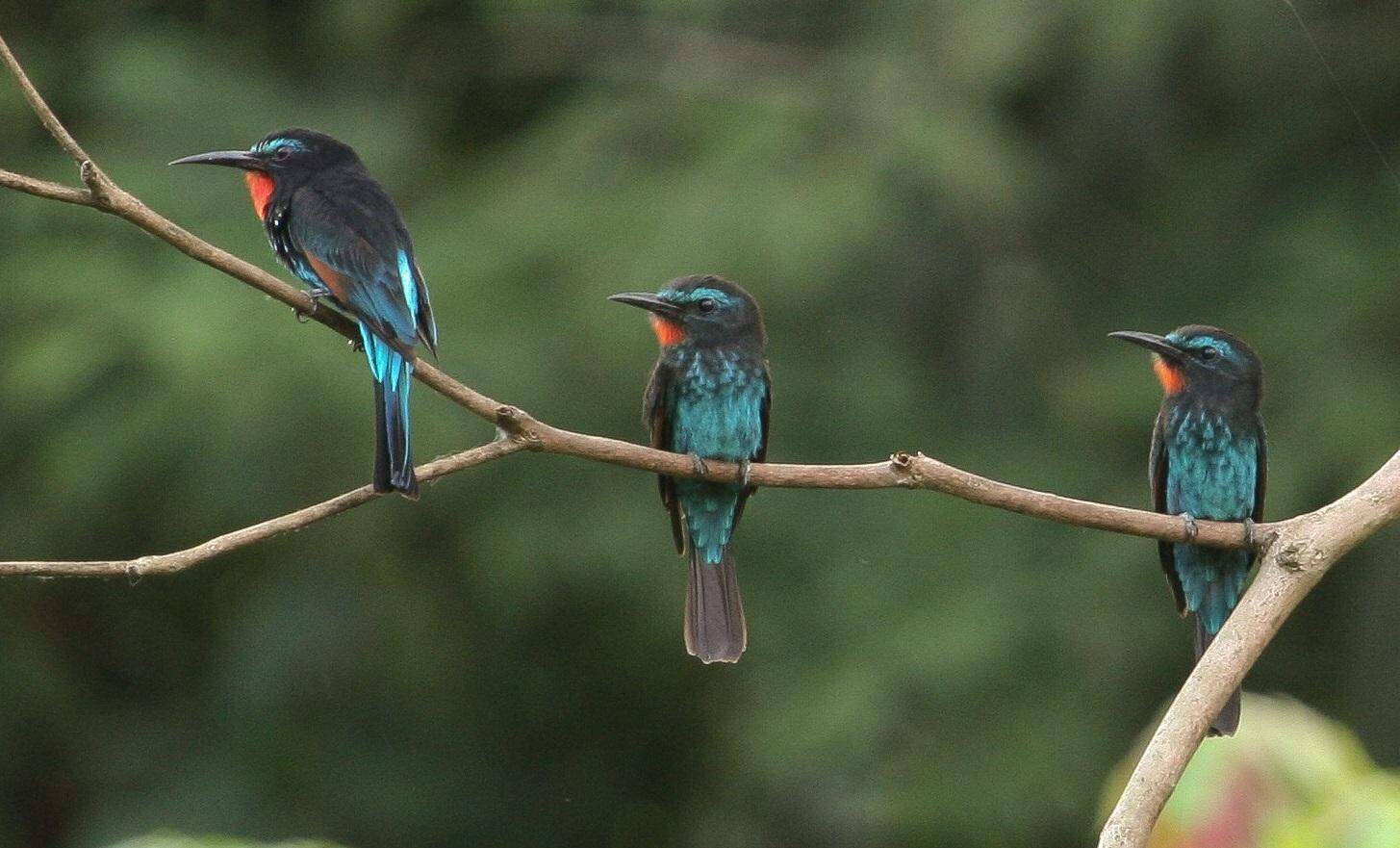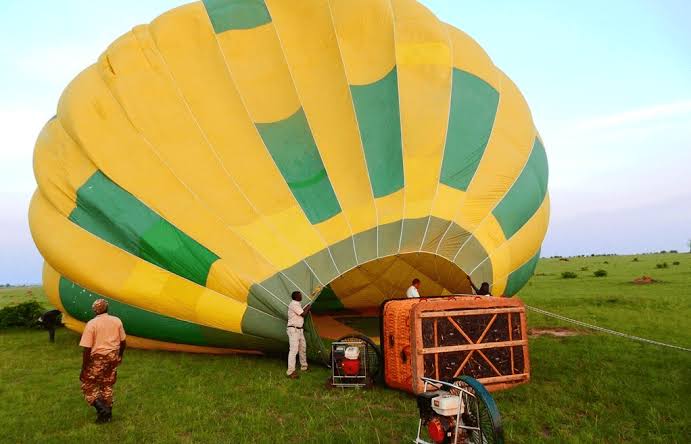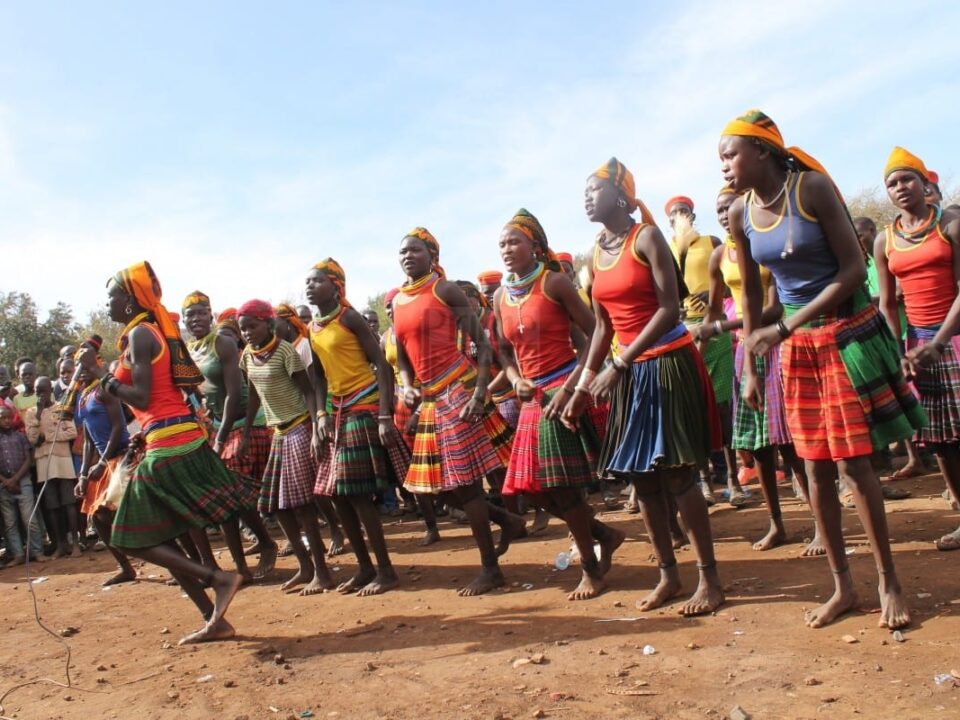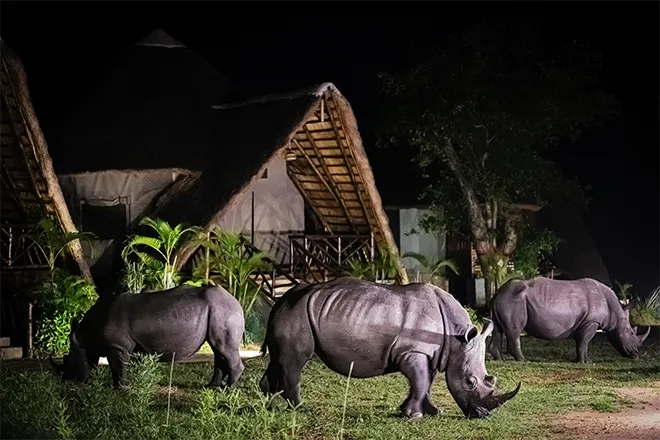- GET IN TOUCH WITH US:
- +256 753518160
- +256 777842166
- info@experiyatourcompany.com

Uganda Cultural Tours You Shouldn’t Miss
November 21, 2025
Uganda Tours: Best Time to Visit
November 21, 2025Uganda Birding Tours: Top Hotspots
Uganda is one of the world’s most extraordinary birdwatching destinations, boasting an impressive record of over 1,100 bird species—nearly 10% of all bird species on Earth. With its rich diversity of habitats, ranging from lush rainforests and papyrus wetlands to savannah plains, montane forests, and crater lakes, Uganda offers unrivaled birding experiences for both beginner birdwatchers and seasoned ornithologists. The country is particularly famous for hosting the elusive shoebill stork, Albertine Rift endemics, forest specialists, and a wide range of Central and East African species found nowhere else in the region.
Uganda’s birding tours are designed to showcase the country’s exceptional avian diversity while taking travelers through some of the most scenic landscapes in Africa. Whether trekking through Bwindi’s misty highlands in search of rare forest birds, gliding through Mabamba Swamp in a canoe searching for the prehistoric shoebill, or exploring the vast savannahs of Queen Elizabeth National Park, birdwatching in Uganda is immersive, rewarding, and unforgettable. Birders can enjoy a combination of forest and wetland birding, savannah safaris, and high-altitude walks—all in one trip.
This detailed guide explores the top birding hotspots in Uganda, what species you can expect to see, the best time for birdwatching, and how to plan a successful birding safari. Whether you are an avid birder or a traveler who simply loves nature, Uganda’s birding tours promise awe-inspiring encounters and lifelong memories.
Why Uganda Is a Top Global Birding Destination
High Species Diversity
With over 1,100 recorded bird species, Uganda offers incredible diversity within a compact area.
Unique Habitats
Uganda’s varied ecosystems support different bird communities, including:
Rainforests
Wetlands
Mountain ecosystems
Savannahs
Lakes and rivers
Papyrus swamps
Albertine Rift Endemics
Uganda is one of the best places to spot the rare Albertine Rift endemics such as:
Ruwenzori turaco
Grauer’s broadbill
Handsome francolin
Dwarf honeyguide
Famous Shoebill Sightings
Uganda is one of the few places in the world where the shoebill stork can be seen easily.
Accessible and Safe
Uganda’s parks are easily accessible, safe, and rich in birdlife, making them ideal for beginners and experienced birders alike.
Top Birding Hotspots in Uganda
Mabamba Swamp – Home of the Shoebill
Mabamba Swamp is Uganda’s most famous wetland for birdwatching and the top location for spotting the prehistoric shoebill stork. Located near Entebbe, this expansive papyrus swamp is easily accessible, making it the perfect first stop for birders arriving in Uganda.
Key species include:
Shoebill stork
Blue-breasted bee-eater
African pygmy goose
Papyrus gonolek
Malachite kingfisher
African jacana
Canoe-based birdwatching provides quiet, peaceful viewing in natural surroundings.
Bwindi Impenetrable Forest – Albertine Rift Bird Haven
Bwindi is a UNESCO World Heritage Site famous for both mountain gorillas and its unmatched bird diversity. Its dense forest supports many Albertine Rift endemics, making it one of Africa’s most prized birding destinations.
Key species include:
African green broadbill
Grauer’s warbler
Ruwenzori batis
Yellow-eyed black flycatcher
Black-billed turaco
Purple-breasted sunbird
Bwindi is perfect for birders who enjoy forest trekking in cool, mist-covered terrain.
Queen Elizabeth National Park – Savannah and Wetland Birding
Queen Elizabeth is one of Uganda’s most diverse parks, offering a blend of savannah, lake, and wetland ecosystems. It records over 600 bird species, making it a paradise for birdwatchers.
Key species include:
African skimmer
Martial eagle
White-winged tern
Palm-nut vulture
Grey-crowned crane
African fish eagle
The Kazinga Channel boat cruise is a highlight for waterbird viewing.
Kibale Forest National Park – Primates and Forest Birds
Kibale is known for chimpanzees, but it is equally spectacular for forest birding. The forest canopy and swamp edges provide habitats for rare and beautiful species.
Key species include:
Nahan’s francolin
African pitta (seasonal)
Black-capped apalis
Dusky blue flycatcher
Little greenbul
Yellow-spotted barbet
Bigodi Wetland Sanctuary near Kibale is a must-visit for swamp specialists.
Murchison Falls National Park – Savannah and River Birds
Murchison Falls offers one of the best combinations of river and savannah birding in Uganda. With over 450 species, the park is particularly famous for boat safaris along the Nile.
Key species include:
Shoebill (rare)
Goliath heron
Secretary bird
Red-throated bee-eater
Spotted thick-knee
Denham’s bustard
The Nile Delta area is a prime shoebill hotspot.
Semuliki National Park – Central African Species
Semuliki brings West and Central African bird species into Uganda, giving birders access to species rarely seen elsewhere in East Africa. The park’s lowland rainforest is unique and biodiversity-rich.
Key species include:
Long-tailed hawk
Red-billed dwarf hornbill
White-crested hornbill
Piping hornbill
Black-casqued wattled hornbill
Yellow-throated nicator
Semuliki is ideal for experienced birders seeking rare species.
Rwenzori Mountains – High-Altitude Species
The Rwenzori Mountains, also known as the Mountains of the Moon, offer high-altitude birding through montane forests and moorlands.
Key species include:
Ruwenzori turaco
Long-eared owl
Mountain masked apalis
Striped-top robin
Ruwenzori double-collared sunbird
This destination suits birders who enjoy mountain hikes.
Lake Bunyonyi – Scenic Birding Paradise
Lake Bunyonyi’s islands and surrounding hills provide peaceful birdwatching opportunities in beautiful scenery.
Key species include:
Slender-billed baglafecht
Grey crowned crane
Weavers
Pied kingfishers
African harrier-hawk
Its calm waters and cool climate make it perfect for relaxing birding.
Lake Mburo National Park – Acacia Savannah Birding
Lake Mburo is an excellent birding spot known for open woodland and wetland species.
Key species include:
African finfoot
Brown-chested lapwing
Tabora cisticola
Green-backed woodpecker
Coqui francolin
Boat rides and horseback birding are unique experiences.
Best Time for Birdwatching in Uganda
Birding is excellent year-round, but the best seasons include:
November to April
Migratory birds are present
Breeding plumage makes identification easier
June to September
Dry season makes forest trails more accessible
Best time for Albertine Rift endemics
Rainy seasons offer lush scenery but muddy trails, especially in forests.
What to Expect on a Uganda Birding Tour
Varied Terrain
Birding in Uganda involves:
Forest walks
Savannah drives
Wetland canoe rides
High-altitude hikes
Incredible Wildlife Extras
Alongside birds, travelers often see:
Elephants
Gorillas
Chimpanzees
Hippos
Antelopes
Buffaloes
Professional Bird Guides
Experienced guides help you identify species by:
Appearance
Song
Behavior
Habitat
Photography Opportunities
Uganda offers exceptional photography moments thanks to its natural lighting and diverse bird species.
Tips for a Successful Birding Tour
Wear neutral-colored clothing
Bring binoculars (8×42 or 10×42 recommended)
Carry a notebook for species checklists
Use waterproof bags for camera gear
Wear comfortable hiking shoes
Stay hydrated and carry snacks
Be patient—rare species often require time
Sample Birding Itinerary
10-Day Uganda Birding Safari
Day 1: Mabamba Swamp shoebill watching
Day 2–3: Kibale & Bigodi Wetland
Day 4–5: Semuliki Forest
Day 6–7: Queen Elizabeth National Park
Day 8–9: Bwindi Impenetrable Forest
Day 10: Lake Mburo National Park
This itinerary covers wetlands, forests, and savannah hotspots.
Book Your Uganda Birding Safari with Experiya Tour Company
Experiya Tour Company offers expertly guided birding tours tailored for both casual bird lovers and dedicated ornithologists. Their knowledgeable guides, well-planned itineraries, and premium service ensure travelers enjoy unforgettable birdwatching experiences across Uganda’s top hotspots. Whether you’re searching for the elusive shoebill or the rare Albertine Rift endemics, Experiya designs the perfect itinerary for you. Book your Uganda birding tour with Experiya Tour Company today and discover the Pearl of Africa’s incredible avian treasures.




